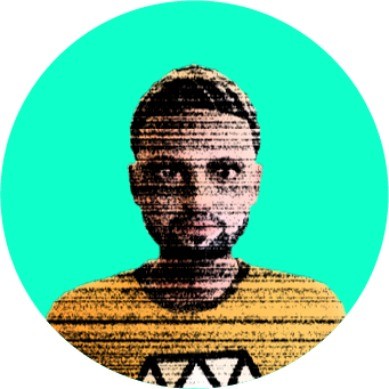Apr 26, 2021
Introduction
The success and exponential growth of the use of NFTs over the last few months make it interesting to analyse in more detail this phenomenon with the purpose to turn creativity of fashion and art into value. We will go through some emerging initiatives.
What is a NFT?
NFT stands for Non Fungible Token. It is a digital ownership certificate that does not prevent the duplication of the file or physical object represented, but uniquely establishes ownership. The holder of the NFT is the rightful owner of the digital asset, be it a painting, a tweet or a song. In order to own an NFT, it is usually necessary to have an Ethereum cryptocurrency wallet. Once the purchase is made, the transaction is recorded on the blockchain and the NFT is received and stored in your digital wallet. The asset can be replicated an infinite number of times, but its purchase provides genuine proof of ownership of the original and thus also a guarantee of authorship.
NFTs and crypto art
At a time when the enjoyment of art in presence is severely limited, digital art is becoming increasingly popular, with innovative ways of viewing and selling rapidly evolving. Crypto art also allows emerging artists to develop new forms of creativity and to gain income and visibility.
Travel diary
The Travel diary project started in 2020 on the New York platform Snark.Art. It is a crypto art exhibition accessible exclusively in virtual mode on the Decentraland platform. The exhibition focuses on the travel diary theme and consists entirely of works in JPG, GIF and MP4 by young emerging Italian artists. The blockchain platform Snark.art, founded in 2015 in Brooklyn, aims to unite the visual art market with the crypto art market and conceived the project that involved young artists by encouraging them to develop and promote NFTs of their works for the first time: once the digital files in JPG, MP4 and GIF format were created and proposed, the works were tokenized directly by Snark. This allowed not only the certification of the value and origin of the works, but also the splitting of the assets, which could be purchased in smaller pieces, thus bringing more buyers to the market. In this case, crypto art also becomes a means of launching, experimenting and giving visibility to young talents.
To start a new project and create NFTs on your own, there are special platforms, such as OpenSea, which allow the creation of Non Fungible Tokens, but as they are still new, access to these platforms is not easy. It is therefore advisable to contact a professional in this field, firstly to learn more about this world and secondly to proceed with the creation and sale of Non Fungible Tokens: Brightnode is providing just such a service.
NFTs and fashion
Fashion is another creative sector where Non Fungible Tokens are being applied. The phenomenon of NFTs immediately aroused interest in the fashion world after its landing and success in the virtual art market. A number of fashion brands, including some from the luxury world such as Gucci, are developing exclusively digital clothes and accessories. In other words, nothing is really wearable: they are unique garments that become part of the cryptocurrency system. One may wonder why we should buy clothes that we cannot wear. Fashion passionate love brands sometimes more than products, and owning a digital product produced by your favorite brand is anyway exciting.
RTFKT
Among the pioneers of the use of NFTs in fashion are once again emergent talents: RTFKT collaborated with the young 18-year-old digital designer Fewocious by making a pair of virtual sport shoes, which sold for a total of $3.1 million ($3 to $10 thousand per pair). In fact, buyers then received the real shoes as physical 'copies' of the authentic product, which is, however, only the digital one, visible on crypto platforms such as Decentraland. On the same platform the new project of virtual jeans Metaverse Denim will also be developed.
The Fabricant
Emerging fashion house The Fabricant, which creates wearable clothing only in the virtual world, has also entered the cryptocurrency space by starting a partnership with blockchain company Dapper Labs. In 2019, the company sold an NFT dress for $9,500 that Forbes dubbed as "the world's first digital-only blockchain clothing". The cut of the dress was then perfected based on photos sent in by the owner, just as in a real dress manually tailored by a professional tailoring: the buyer will be able to show it digitally but never wear it or touch it.
Conclusion
In the case of both crypto art and digital fashion, NFTs are generating a lot of enthusiasm and, as the examples show, can be a real springboard for young emerging artists who want to experiment with a new type of creation and at the same time monetize and gain visibility through the internet. With the right support from companies such as Brightnode which are able to accompany the artist in making the right choices, also in the legal field, so that the use of NFTs can constitute an effective business model for everyone and at the same time an innovative means of enhancing their creativity.
Interested in creating and selling your NFT? Contact Us
About the Author
Beatrice attended a Bachelor's degree in Italian Language, Literature and Civilization and got her Master's degree in 2020 at the Institute of Italian Studies of the University of Italian Switzerland (USI) in Lugano. Next to her humanistic education and passion for art history, she develops a personal interest in the field of communication and content creation, which she deepens in 2021 by attending a social media marketing training course. Since 2020 she has been part of the BrightNode team as a content writer.









